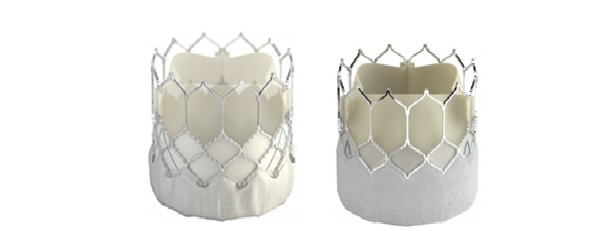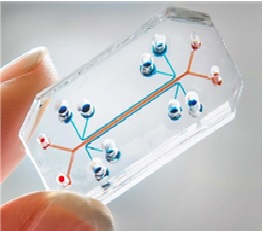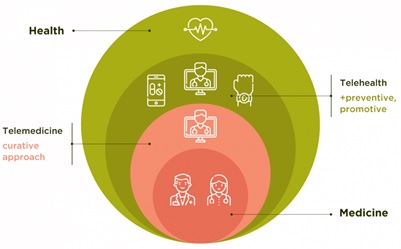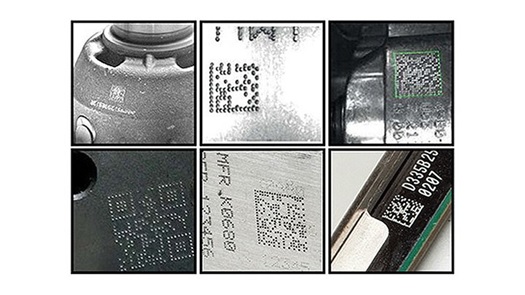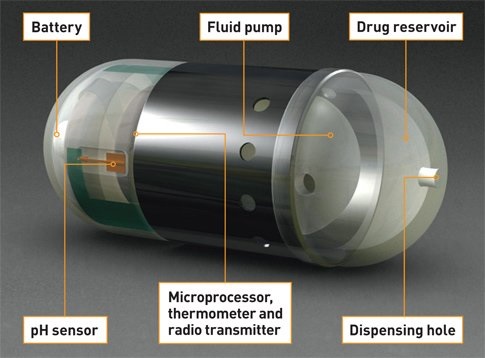Development of Optical Imaging
Optical imaging significantly reduces patient exposure to harmful radiation by using non-ionizing radiation, which includes visible, ultraviolet, and infrared light. Because it is much safer than [1] techniques that require ionizing radiation, like x-rays, optical imaging can be used for repeated procedures to monitor the progression of figure 1 shown below disease or the results of treatment.

Figure1: Optical Imagine
Optical imaging is particularly useful for measuring multiple properties of soft tissue. Because of the wide variety of ways different soft tissues absorb and scatter light, optical imaging can measure metabolic changes that are early markers of abnormal functioning of organs and tissues.
Novel optical imaging for more accurate glaucoma screening. Glaucoma is a leading cause of blindness. Early diagnosis and treatment can slow or stop progression to blindness, but the current test for elevated intraocular [2] pressure is inadequate for detecting glaucoma at an early stage. Changes in the collagen fibers of the sclera (white of the eye) play a significant role in the disease process, potentially offering a reliable marker of early-stage glaucoma.
Optical fiber is the technology associated with data transmission using light pulses travelling along with a long fiber which is usually made of plastic or glass. Metal wires are preferred for transmission in optical fiber communication as signals travel with fewer damages. Optical fibers are also unaffected by electromagnetic interference. The fiber optical cable uses the application of total internal reflection of light. The fibers are designed such that they facilitate the propagation of light along with the optical fiber depending on the requirement of power and distance of transmission. Single-mode fiber is used for long-distance transmission, while multimode fiber is used for shorter distances. The outer cladding of these fibers needs better protection than metal wires.
Optical Coherence Tomography (OCT) is a technique for obtaining sub-surface images such as diseased tissue just below the skin. Ophthalmologists use OCT to obtain detailed images from within the retina. Cardiologists also use it to help diagnose coronary artery disease.
Photoacoustic Imaging delivers laser pulses to a patient’s tissues; the pulses generate heat, expanding the tissues and enabling their structure to be imaged. The technique can help monitor blood vessel growth in tumors, detect skin melanomas, and track blood oxygenation in tissues.
Diffuse Optical Tomography (DOT) and Imaging (DOI) are non-invasive techniques that use light in the near-infrared region to measure tissue properties such as total hemoglobin concentration and blood oxygen saturation. Because DOT and DOI work well in soft tissue, the techniques are widely used for breast cancer imaging, brain functional imaging, stroke detection, photodynamic therapy, and radiation therapy monitoring.
References:
- https://www.nibib.nih.gov/science-education/science-topics/tissue-engineering-and-regenerative-medicine#:~:text=Regenerative%20medicine%20is%20a%20broad%20field%20that%20includes ,to%20recreate%20cells%20and%20rebuild%20tissues%20and%20organs.
- https://byjus.com/physics/what-is-optical-fiber/
Cite this article:
Nandhinidwaraka.S (2021) Development of Optical Imagine, AnaTechMaz, pp. 22


